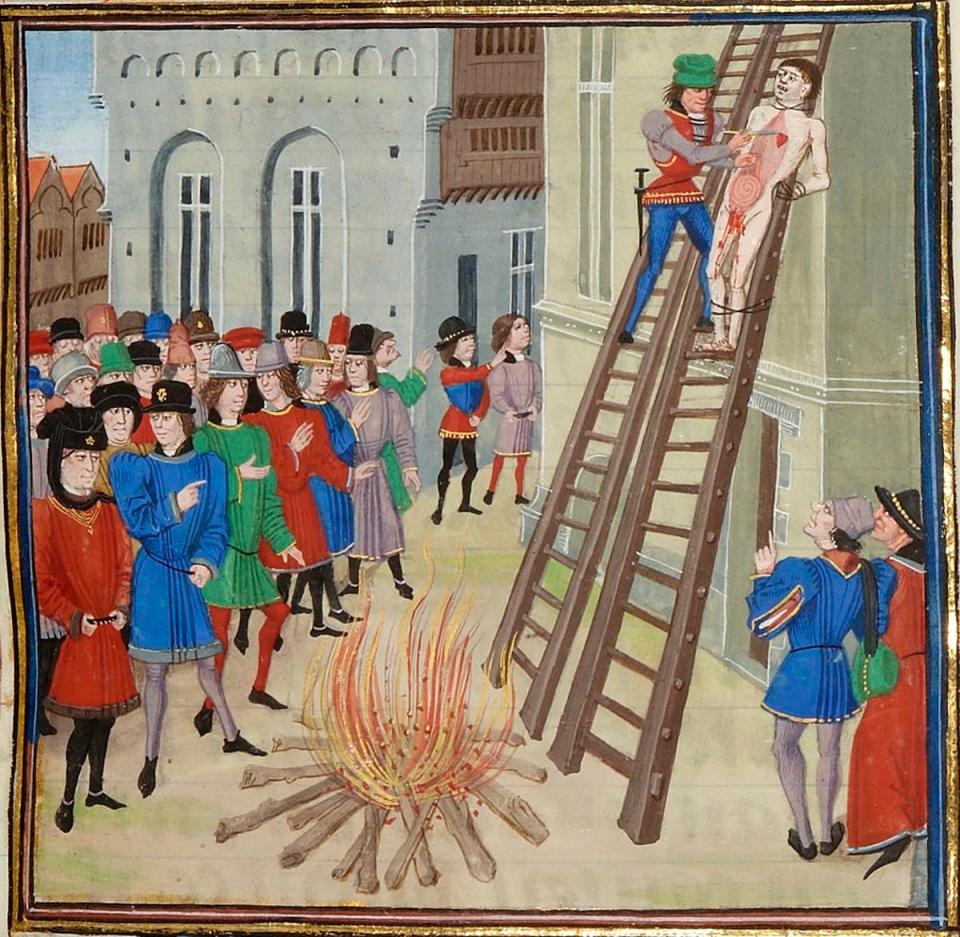What is the punishment for treason in the UK?
Jaswant Singh Chail, the man who attempted to break into Windsor Castle to kill the Queen with a crossbow, has been sentenced to nine years in prison for treason.
Chail, from Hampshire, told a guard when he was committing the crime that he was “here to kill” the late monarch. He also admitted making threats to kill and possessing the loaded weapon in the castle.
The 21-year-old, who admitted breaking the Treason Act when he broke into the royal residence on Christmas Day in 2021, is the first person to be convicted of treason since 1981.
As part of a hybrid order under the Mental Health Act, he will be held in a psychiatric hospital until he receives the necessary treatment before being transferred to custody.
But what does that mean?
What is the Treason Act?
While Chail has become the first person in 43 years to be convicted of treason, the act has a long history.
In fact, the first Treason Act of 1351 was established during the reign of King Edward III. It stated that, if you waged war against the king, tried to kill the monarch or their family, or aided an enemy, the crime would be punishable by death. There were two types of treason identified by the act: high treason is a betrayal against the sovereign monarch while petty treason refers to disloyalty.
The Treason Act of 1842 has been updated since its Medieval counterpart. It was first implemented by Queen Victoria after someone tried to shoot at her carriage while she travelled past. Under the 1842 Treason Act, you can’t assault a monarch or have a firearm or offensive weapon in their presence if you intend to use it against them.
The Treason Act still has its place in British law, only with a number of amendments over the years.
What was the punishment for treason?

In Medieval times, those found guilty of treason could be hanged, drawn, and quartered, a gruesome form of execution that included various bloody tortures. If the ‘traitor’ was a woman, she would be burned at the stake instead, as being hanged, drawn, and quartered was considered too “indecent” for women.
The public could watch the spectacle and sometimes throw rotten food. The heads of the people convicted of the Treason Act would often be displayed in prominent places, such as on a spike at the Tower of London, as a warning to anyone considering high treason.
In modern-day Britain, such punishments no longer exist. If a person is convicted under the Treason Act today, they will likely be imprisoned for at least seven years.
Who was the last person to die under the Treason Act?
The last time someone was executed was in 1946, when William Joyce, also known as Lord Haw-Haw, faced trial and was ultimately found guilty of treason after he assisted Germany during the Second World War by broadcasting Nazi propaganda. He was executed by hanging.

 Yahoo News
Yahoo News 
